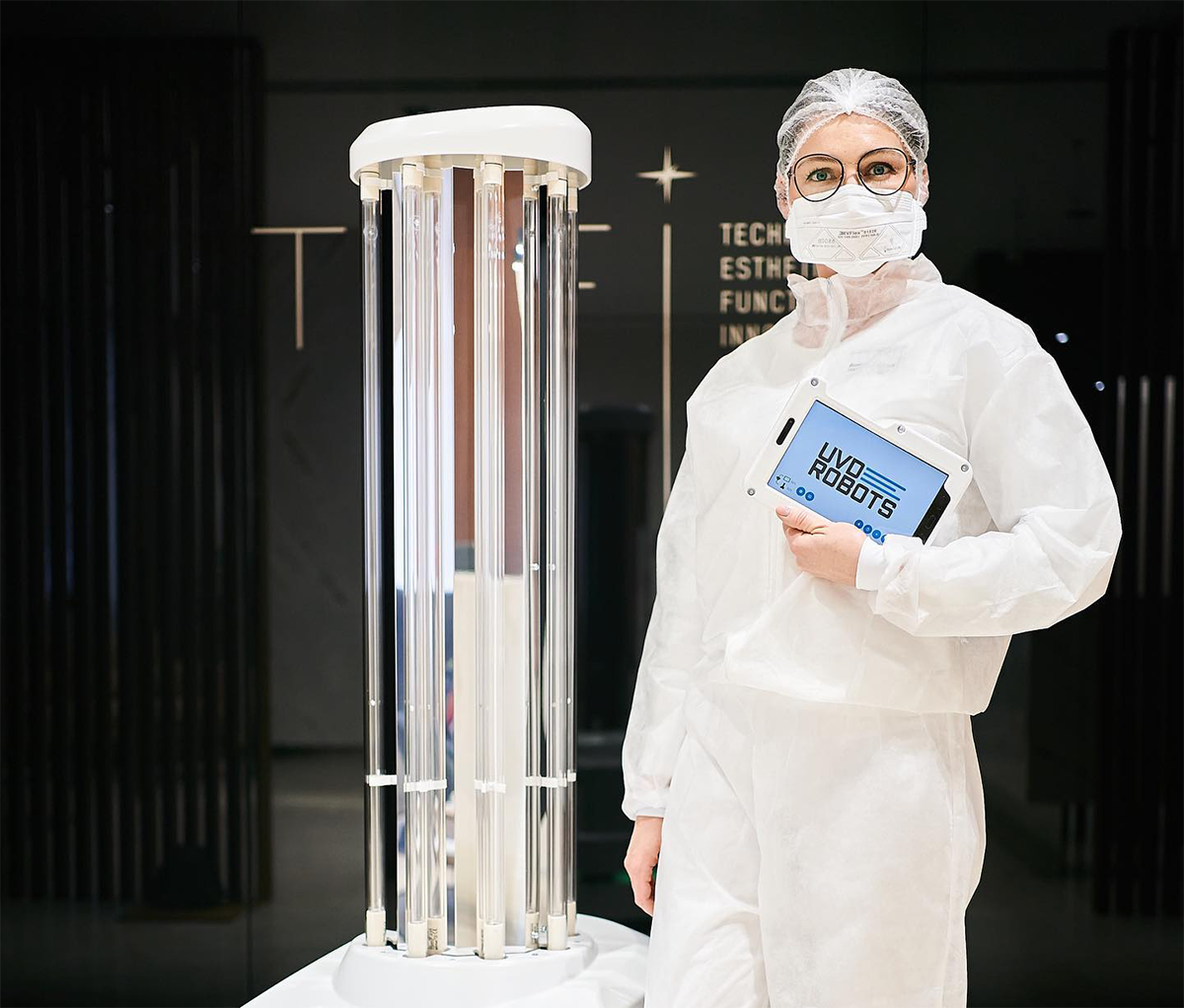Title
Content
Title
Content

Candida auris (or C. auris) continues to be a major concern for many indoor facilities, particularly in the United States. But what exactly is Candida auris and why is it spreading? Here is a closer look at the epidemiologically significant microorganism.
Candida auris is a species of microscopic fungus that develops as a yeast, that is, as a collection of single-celled fungal microorganisms. The species Candida auris is part of the genus Candida, a group of genetically similar fungi which contains about 200 species.1

Candida auris was first identified in 2009 from samples taken from a geriatric indoor facility located in Tokyo, Japan. Since being discovered in 2009, Candida auris has been detected on six continents, and in at least 30 countries. It first appeared in the United States in 2016, and instances of the species in the U.S. have increased every year since then.
Candida auris has been found to be significant for several reasons. Firstly, the species is considered a multidrug-resistant organism (or MDRO), or an organism (typically a microorganism) that is not affected by one class (or more than one class) of antimicrobial treatments.
This resistance to antimicrobial treatments can become problematic for people in and around environments where MDROs like Candida auris exist. In the case of Candida auris, the species is commonly found in various indoor facilities.
Secondly, Candida auris is significant in that there may be some difficulty in its identification. It can be mistaken for other fungi through standard biochemical testing, while mass spectrometry and polymerase chain reactions (PCRs) have yielded more accurate results.
Finally, Candida auris appears to spread most rapidly in environmental settings. The phenomenon requires further examination, but interpersonal contact, as well as contact with contaminated surfaces and areas, appear to play a role in the microorganism’s transmission.
Candida auris (C. auris) is a major concern. In the U.S., data show the number of C. auris isolates has almost tripled from 2020 to 2021.
But what exactly is Candida auris and why is it spreading?

UVD Robots are a series of self-navigating robots that use Ultraviolet (UV) light for environmental disinfection. As UV Disinfection Robot, UVD Robots are able to deactivate microorganisms of epidemiological importance. UVD Robots are produced by the Danish company Blue Ocean Robotics, a company that develops and manufactures professional service robots.
UVD Robots are mobile units that use Ultraviolet C (or UV-C) light2 at wavelengths of 254 nanometers (nm) to disinfect indoor surfaces.3 In laboratory conditions, 254nm UV-C light has been associated with 3-log reductions of Candida auris. In terms of environmental disinfections of Candida auris, 3-log reductions represent efficacy rates of 99.9%.4
Because of their use of 254nm UV-C light, UVD Robots have the capability to provide higher log
reductions in regard to Candida auris and other epidemiologically significant microorganisms. In this way, UVD Robots can offer environmental settings elevated levels of disinfection.
Lorem ipsum dolor sit amet, consectetur adipiscing elit, sed do eiusmod tempor incididunt ut labore et dolore magna aliqua.
1. Brandt, Mary E., and Shawn R. Lockhart. "Recent taxonomic developments with Candida and other opportunistic yeasts." Current fungal infection reports 6 (2012): 170-177.
2. González, Carlos M. "Cleaning with UV light." Mechanical Engineering 143.1 (2021): 32-33.
3. Mehta, Ishaan, et al. "UV disinfection robots: A review." Robotics and Autonomous Systems (2022): 104332.
4. Unpublished report by UVD Robots (2023), available by request.